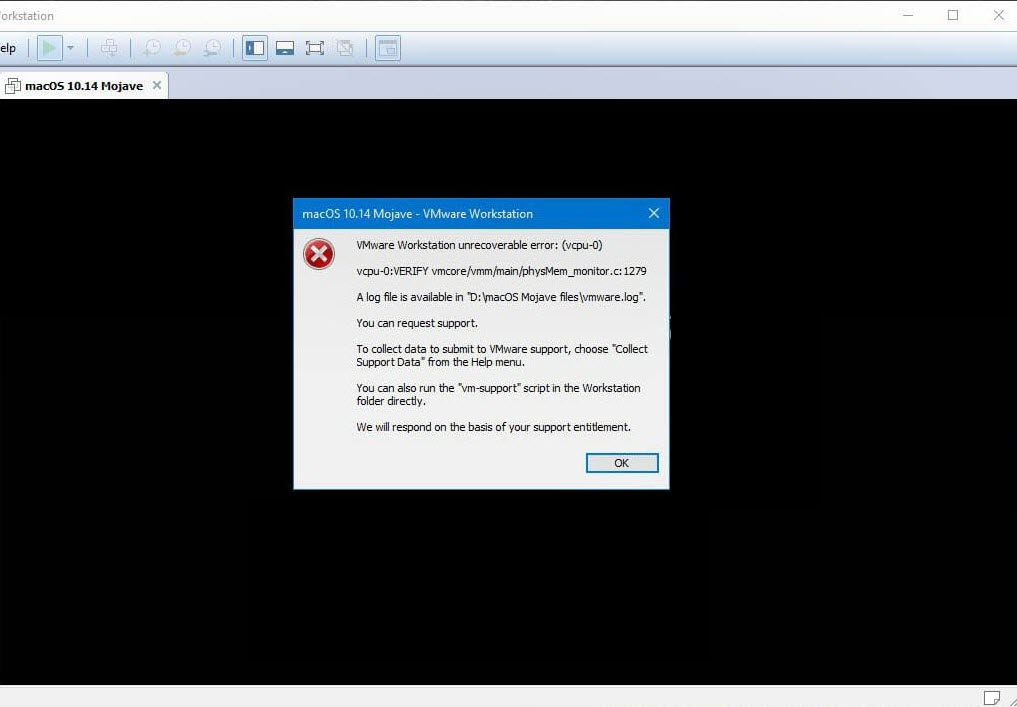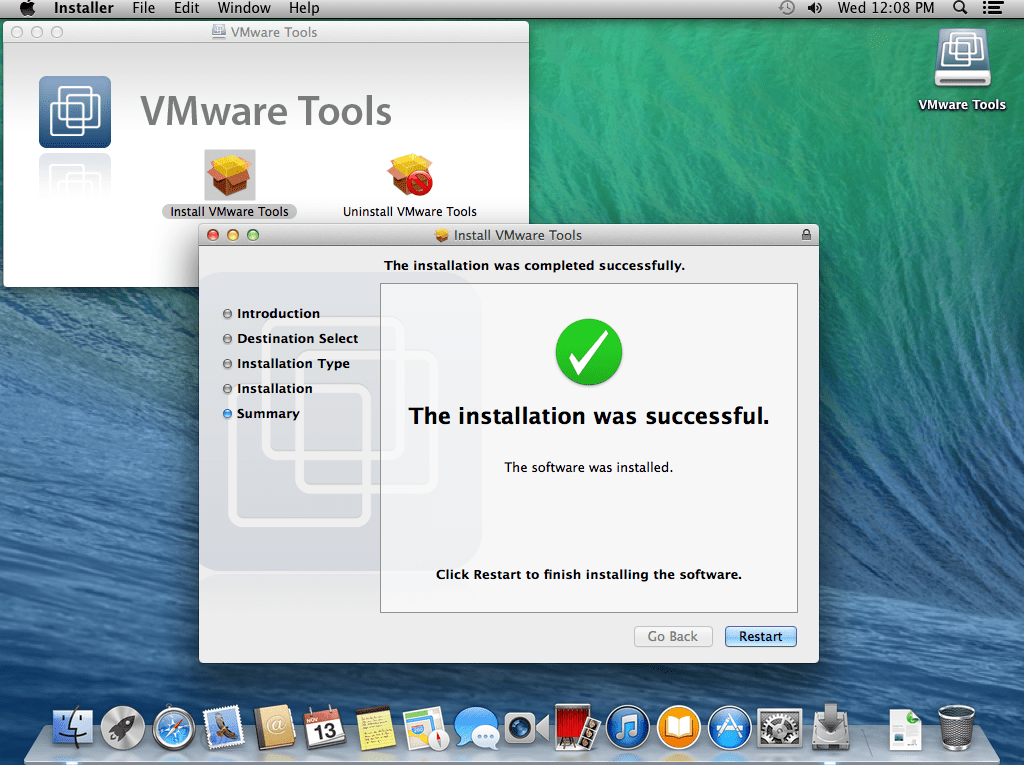

When the Recovery window appears, select Disk Utility then click Continue. There you need to select a disk, and click Partition. Immediately hold down the Command () and R keys after you hear the startup sound to start up in OS X Recovery. On older versions of Mac, you can do this through Disk Utility. That’s it, we wait and check, if all the section names were entered correctly, it should be completed successfully.īut still, for the sake of interest, let’s return to the option through formatting. I have problem I cannot hear or hear sound from Mac OS from VMWare.
#VMWARE MAC OS DISK UTILITY INSTALL#
Thanks so much to the tips to install MacOS. To format the selected disk, type any disk name in the Name field in the window that opens. This is for those who understand the information after the first command, if in doubt, you can check at this stage if everything is in order: diskutil listįinally, we enter: diskutil mergePartitions HFS + 'Macintosh HD' / dev / disk0s2 / dev / disk0s3 Select VMware Virtual NVMe Disk Media on Disk Utility and click the Erase button.

Then: diskutil eraseVolume HFS + Blank / dev / disk0s3Īnd then: diskutil eraseVolume HFS + MacSX / dev / disk0s3 Remember that the data on both drives being merged will be cleared. We enter into the Terminal: sudo diskutil eraseVolume HFS + Blank / dev / disk0s3 There will be a lot of information about the discs, in particular their names. Let’s say we have disk0s3 and disk0s2. So, back to the instructions. In the Terminal window, enter: diskutil list If not, you need to format it to Mac OS Extended and then convert to APFS. It is somewhat more difficult for “dummies” to understand, but quickly and concretely.Īttention , the names of discs (more precisely, their chapters) may be different. If in doubt, first look at the names of your sections, for example, in the Finder. Solution: To fix the 'Convert to APFS' option not available or greyed out in Disk Utility issue, you need to at first confirm whether it is formatted with Mac OS Extended. Thank you for using Apple Support Communities.Below is a way to delete a disk partition in macOS (merge with an existing one) using Terminal.

c)Fill in the following information in the respective fields. b)Click on Partition>Current>1 Partition>Options>GUID Partition Method. Then choose your target hard drive for the installation. This utility enables users of Color Computer Emulators to manipulate Virtual Disks on a PC. a)On the top menu bar, select Utilities>Disk Utility.

From what you describe it sounds like you are trying to install Lion on your newly installed HDD replacement but its not showing as a disk when you try to actually install Mac OS X.


 0 kommentar(er)
0 kommentar(er)
